For any digital platform, the onboarding process makes a vital first impression on new users. Unfortunately, many companies fail to optimize their digital onboarding experiences, resulting in high abandonment rates—and that means major revenue loss.
In particular, a poorly designed identity verification (IDV) step during onboarding can create unnecessary friction and derail the entire process. In part two of our Hidden Costs blog series, we continue our exploration of “return on identity” and consider how businesses can significantly increase conversions and gain untapped value by improving onboarding flows.
The impact of drop-off
According to Baymard Institute, the average shopping cart abandonment rate across industries is 69.57%. And for financial services, which is a relatively more complex onboarding flow, this figure balloons to over 80% abandonment. As acquiring new customers is more difficult than providing a good onboarding experience once they’re already interested in what you’re offering, it’s absolutely critical for there to be no friction during that phase.
Just a small improvement in completing signups results in huge gains: as an example, a 10% increase in conversion for a company with 100,000 monthly visitors and a $100 average order value would equate to an extra $1 million in annual revenue. That’s serious money.
Roadblocks during onboarding
Lengthy, confusing flows are one major reason users bail on onboarding. For financial services, users must complete an average of 24 steps to open an account. Additionally, 55% of users report frustration with repeatedly entering the same information.
IDV often presents a particular pain point, as traditional methods like knowledge-based authentication use clunky and irrelevant questions. And when the IDV process fails—that is, when unauthorized access is permitted—the consequences can be dire.
Getting a bad rap
High-profile fines, lawsuits, and fraud incidents due to weak IDV generate terrible publicity that tarnishes brand reputations. The negative news coverage surrounding regulatory penalties, litigation, and data breaches enabled by flawed IDV protocols causes immense PR damage for companies perceived as not properly safeguarding customer data and identities.
Today’s consumers have very little tolerance for corporations that fail to adequately protect personal information and privacy. Surveys consistently show that a clear majority of consumers would promptly stop engaging with a brand after a breach or regulatory fine resulting from substandard IDV practices, which can have major long-term impacts on revenue, growth, and customer retention.
Optimizing IDV
Outdated IDV approaches susceptible to failure are being replaced with instant, biometric techniques. For example, optical character recognition (OCR) leverages AI to extract user data from identity documents to autofill forms, avoiding manual input. Furthermore, the best IDV solutions are fully automated, requiring no human intervention or manual review, and are capable of providing 100% of users with a yes/no verification decision within seconds.
Face recognition matches user selfies to ID photos, which can then be checked against an authoritative government database, for seamless authentication. Liveness detection can distinguish between a live human and a presentation attack, where a bad actor might attempt to use a photo, video, or even a mask of the authorized person’s face to impersonate them.
Finally, solutions which have been trained using generative AI are superior, as it helps to develop a zero-bias algorithm and ensure a smooth, secure onboarding process for everyone regardless of age, ethnicity, or gender.
About the post:
Images are generative AI-created. Prompt: A confused Latina woman stands in the middle of a giant hedge maze that stretches in a fractal pattern as far as the eye can see, view from above. Tool: Midjourney.
About the author:
Shane Oren is the CRO for IDVerse. He has over 12 years experience in sales for a range of businesses, from startups to large enterprises, where he has achieved record-breaking results. In his current role, Shane leads the North American office and manages revenue across the market, overseeing sales and customer support teams.


